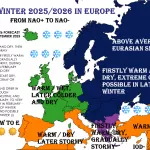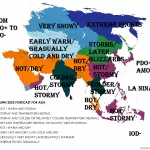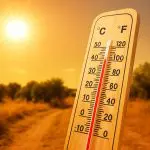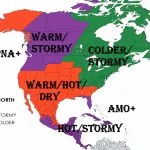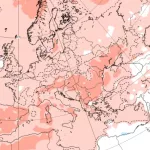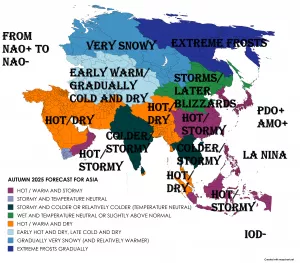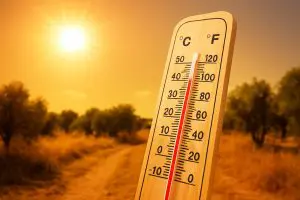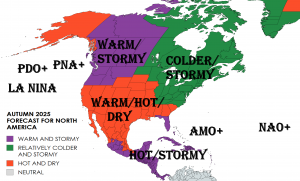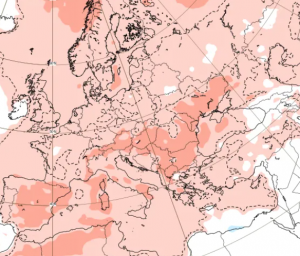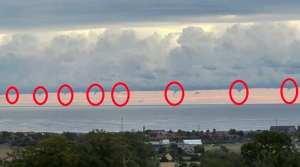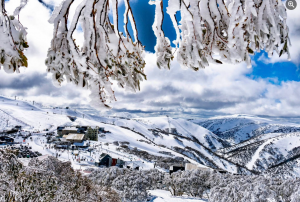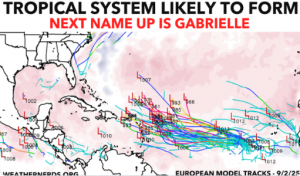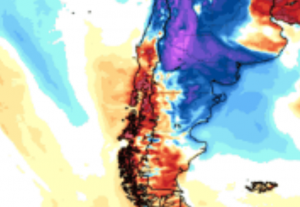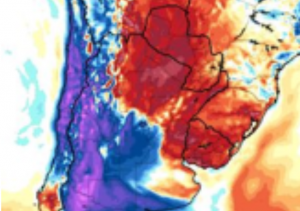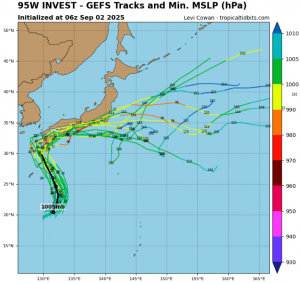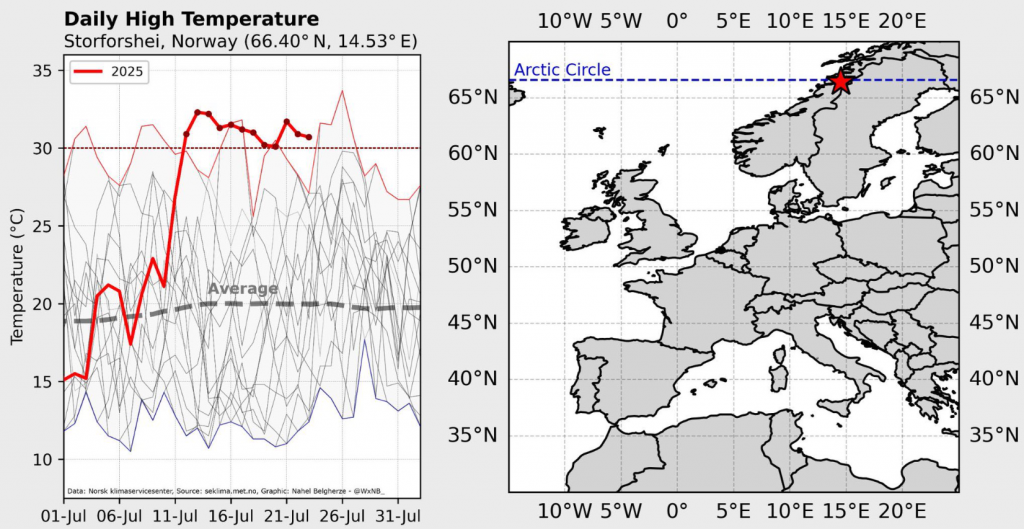
Between July 12-24, 2025, at the edge of the Arctic Circle, Storforshei in Norway endured something almost unimaginable: 12 consecutive days with temperatures at or above 30 °C (86 °F). This marks the longest streak ever recorded in Arctic Norway and highlights a profound shift in high-latitude climate patterns. While summer warmth is not unheard of in northern Norway, the duration and intensity of this event are exceptional. The previous records for consecutive tropical days in the region were far shorter, and temperatures of this magnitude so far north have historically been brief and rare. Across Scandinavia, the heat was widespread: parts of Finland saw nearly three weeks over 30 °C, and Sweden joined Norway in breaking long-standing records.
Meteorologists point to a persistent high-pressure system—a heat dome—locked over northern Europe, blocking cooler air and creating cloudless, sun-baked days. Unusually warm sea surface temperatures in nearby coastal waters amplified the heat, keeping nights warmer and accelerating soil drying. Communities built for cold, not heat, struggled. Homes without air-conditioning saw indoor temperatures soar, hospitals reported more heat-related illnesses, and energy demand patterns flipped—more power for cooling, less for heating. Traditional livelihoods were also hit: reindeer herders observed animals near heat stress, while drying peatlands risked releasing large stores of carbon.
What makes this event more than just a weather anomaly is where it occurred—nearly 66° N. The Arctic is warming more than twice as fast as the global average, but this heatwave exceeded most near-term climate model projections for the region. Scientists warn it’s a sign of more frequent and intense high-latitude heat events in coming decades. The Storforshei streak joins a growing list of once-unthinkable climate records now falling across the world. For Norway and its Nordic neighbors, adapting to such extremes will mean rethinking infrastructure, health preparedness, and land management. The summer of 2025 may be remembered not only for its records but as a turning point in how the Arctic experiences summer.

Source: https://x.com/Met4CastUK/status/1948465850656477676/photo/1
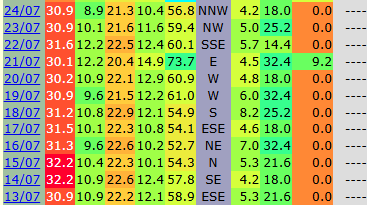
Source: https://ogimet.com/cgi-bin/gsynres?ind=01148&ano=2025&mes=7&day=31&hora=20&min=0&ndays=30

